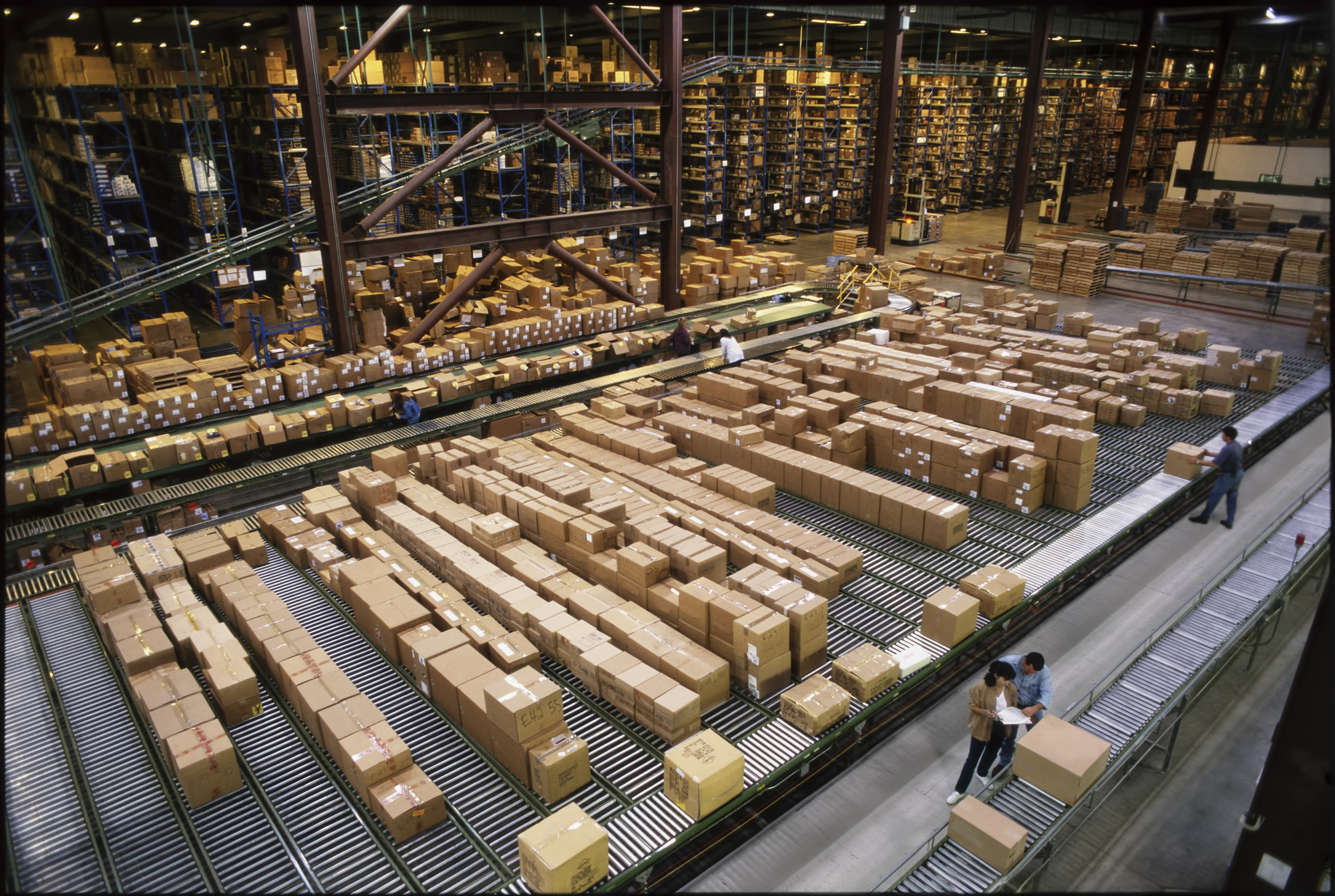Shipping freight efficiently is critical for businesses managing logistics and supply chains. When it comes to moving goods by truck, companies typically choose between less-than-truckload (LTL) and full-truckload (FTL) shipping. Each option has advantages depending on the shipment size, cost considerations, and delivery speed. Understanding the differences can help businesses optimize their shipping strategy and reduce transportation costs.
What Is LTL Shipping?
LTL shipping is used when a shipment doesn’t require a full trailer. Instead, multiple shippers share space in one truck, paying only for the portion they use. LTL is ideal for shipments weighing between 150 and 15,000 pounds.
Benefits of LTL Shipping:
- Cost Savings – Shippers only pay for the space they use.
- Flexible Options – Offers access to a wide network of carriers.
- Ideal for Small Shipments – Best suited for businesses shipping smaller loads frequently.
Challenges of LTL Shipping:
- Longer Transit Times – Freight may be transferred between trucks, leading to delays.
- Increased Handling – More stops mean a higher risk of damage or loss.
- Limited Direct Routes – Shipments often pass through multiple hubs.
What Is FTL Shipping?
FTL shipping is used when a shipment fills an entire truck. It moves directly from the pickup location to the destination without additional stops. FTL is best for large shipments or time-sensitive deliveries.
Benefits of FTL Shipping:
- Faster Transit Times – Direct routes reduce delivery delays.
- Less Risk of Damage – Shipments stay in the same truck from start to finish.
- More Cost-Effective for Large Loads – Ideal when shipping high volumes of freight.
Challenges of FTL Shipping:
- Higher Costs – Paying for an entire truck is more expensive than LTL.
- Less Flexible Scheduling – Availability can be limited depending on demand.
When to Use LTL vs. FTL
Choosing between LTL and FTL depends on several factors:
| Factor | LTL (Less-Than-Truckload) | FTL (Full Truckload) |
|---|---|---|
| Shipment Size | Under 15,000 lbs | 15,000+ lbs or full trailer |
| Delivery Speed | Flexible timelines | Fast, direct delivery |
| Handling Risk | Higher (multiple transfers) | Lower (single truck) |
| Cost | Economical for small loads | More efficient for large shipments |
| Tracking & Control | Shared routing with limited control | Greater control and visibility |
| Availability | More frequent departures | May require advance booking |
Why It Matters
Selecting the right freight mode can directly impact your bottom line. Shipping small loads via FTL wastes space and money, while shipping high-value or fragile goods via LTL raises the risk of damage.
It also affects customer satisfaction. E-commerce brands, for example, often rely on LTL to keep fulfillment flexible and cost-efficient. But manufacturers on tight delivery schedules may need the speed and certainty of FTL.
Ultimately, aligning transportation mode with business priorities — cost, speed, volume, and service level — is critical to supply chain performance.
Real-World Examples
Integrating real-world case studies into the discussion of Less-Than-Truckload (LTL) and Full Truckload (FTL) shipping provides valuable insights into how businesses navigate these options to optimize their supply chains. Below are examples from reputable sources illustrating practical applications of LTL and FTL strategies:
DSV’s Optimization of FMCG Supply Chain
DSV, a global transport and logistics company, faced challenges in managing the fast-moving consumer goods (FMCG) supply chain in South Africa. To address these, DSV implemented a supply chain control tower powered by the MPO Multi-Party Orchestration platform. This solution centralized real-time information from multiple pipelines, including third parties, breaking down silos across the supply chain. As a result, DSV achieved a 22% improvement in vehicle utilization across direct, retail for consumer, FTL, and LTL shipments, and a 76% decrease in resolution response times for multi-supplier queries.
AI Integration in Freight Transportation
A recent development in the freight industry is the emergence of AI-driven solutions aimed at enhancing shipping efficiency. For instance, the AI startup Augment has launched with $25 million in seed funding and introduced Augie, an AI assistant designed for the freight industry. Augie assists in streamlining operations, potentially impacting decisions between LTL and FTL shipping by providing data-driven insights to optimize shipping methods.
Future Trends in Freight Shipping
The freight industry continues to evolve, and so does the LTL vs. FTL decision. Here are a few trends shaping the future:
Digital Freight Matching – Platforms like Convoy, Uber Freight, and Loadsmart are improving carrier-shipper connections, making it easier to find available FTL or LTL capacity.
Dynamic Pricing – Real-time data and AI are leading to smarter pricing models that optimize costs across modes.
Sustainability Goals – More companies are looking to consolidate shipments or shift to shared freight (LTL) to reduce emissions.
As these tools and technologies grow more sophisticated, businesses will gain even more flexibility in how they move freight — and more pressure to make the most efficient choice.




